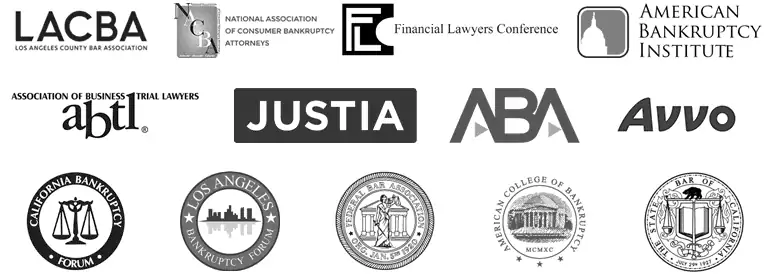Bankruptcy can be an unsettling experience for those who find themselves deep in debt. The process is designed to help people keep as much of their property as possible while repaying as much of their debts as possible. One key part of the bankruptcy process is what to do with the primary home. In some cases, you can file for bankruptcy and keep your home, especially if it meets the criteria for exempt status.
The amount of equity you have in your home will be a determining factor in whether you’ll be able to keep it. When you file for bankruptcy, you are allowed to keep some property, called exempt property. This is usually property that you need provide yourself a place to live. In the case of your home, it is considered exempt from liquidation if the home doesn’t have any non-exempt equity. You can figure this by taking your home’s fair market value and subtracting your loans and liens on the property. The result is called “unencumbered equity.” Then determine your home’s exemptions in the bankruptcy code. Subtract that figure from the unencumbered equity. If the figure is less than the figure needed to pay off your home, then you can keep the home. If it’s more, it’s likely the bankruptcy trustee will sell the home to pay off your creditors. Each state has its own laws about what portion of a property is exempt from seizure; these homestead exemption laws vary from state to state and can affect bankruptcy proceedings.
Chapter 7
Chapter 7 is also called liquidation bankruptcy. The bankruptcy trustee handling your case is obligated to sell off any non-exempt assets to pay off creditors. This is why determining the non-exempt equity in your home is important. Where you stand on your mortgage payments is also a consideration. If you are current on your payments, you are more likely to keep your home. If you are not, you are more likely to lose it. If you fall 90 days or more behind on your mortgage, the lender can foreclose. Even with the automatic stay associated with filing for bankruptcy, if you are not able to cure the amount you owe on the mortgage, you will lose the home.
Chapter 13
Chapter 13 is designed to help those who file bankruptcy to work out a payment plan with lenders for secured and unsecured debt over a three- to five-year period. It is more likely that you’ll be able to keep your home in a Chapter 13, because the bankruptcy trustee will roll the amount of money that you owe your lender into the repayment settlement. During the payment plan, you must not only repay the money mandated by your trustee, but also keep your mortgage payments current, in order to keep your home. If you pay on time through the length of the plan, you are out of bankruptcy and can keep your home. If you fall behind on your trustee payments or you home payments again, you are will likely lose the home, because your automatic stay will be vacated.
Second Mortgages
If you file for bankruptcy and have two mortgages, it is possible to come out of the process with just one mortgage. In bankruptcy, second mortgages are not considered secured debt. The first lienholder on the home always has priority. The second mortgage holder would only benefit from a bankruptcy settlement if the first lienholder was satisfied. If the value of your home has fallen below the balance of your first mortgage, your trustee is allowed to remove the second mortgage entirely if you keep the home.
Letting the Home Go
In some cases, bankruptcy attorneys advise clients to walk away from the home, even if they file for bankruptcy, according to the Goldbach Law Group. If you owe more than the home is worth, or if it would cost less to rent a comparable property, it may not be worthwhile to keep the home. In bankruptcy, you are allowed to surrender the property and walk away from it, but you must make that declaration during the bankruptcy process.

